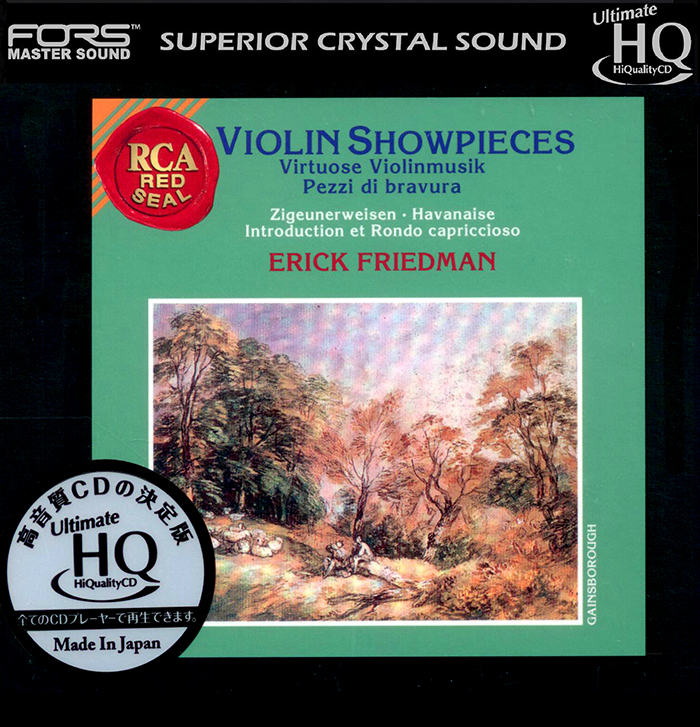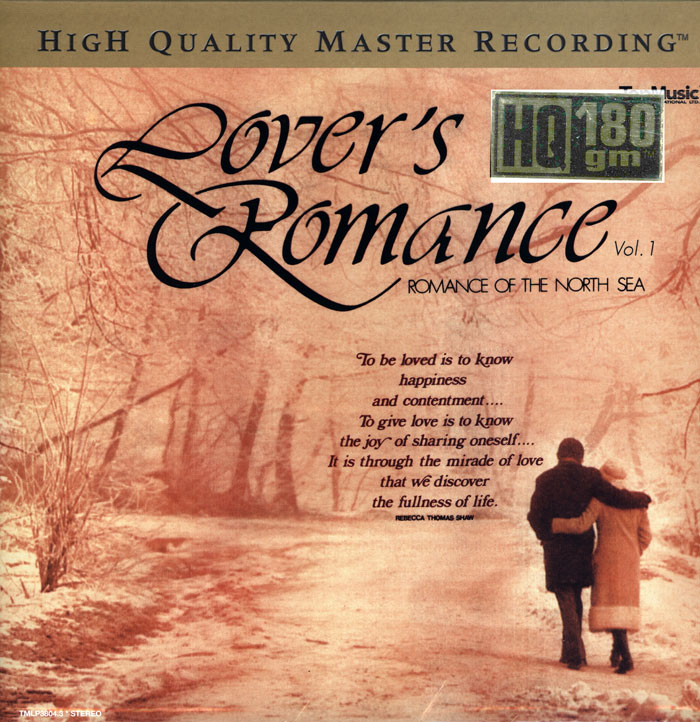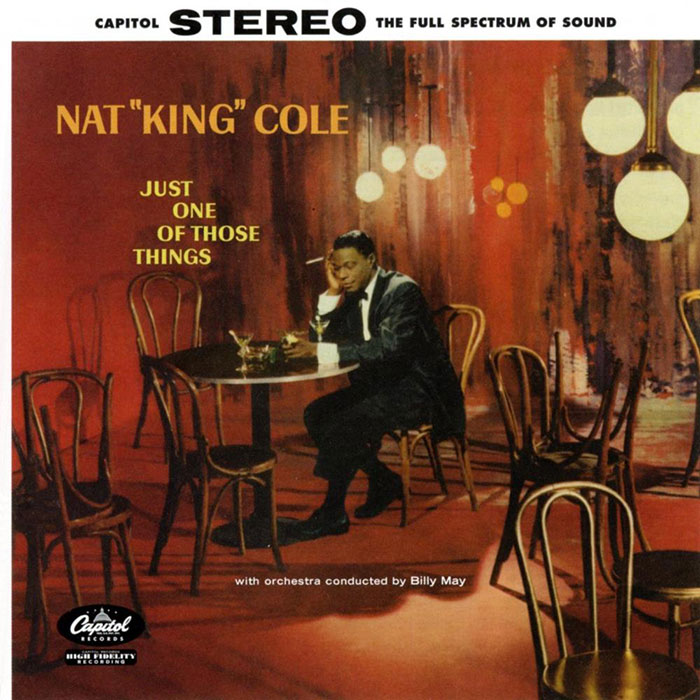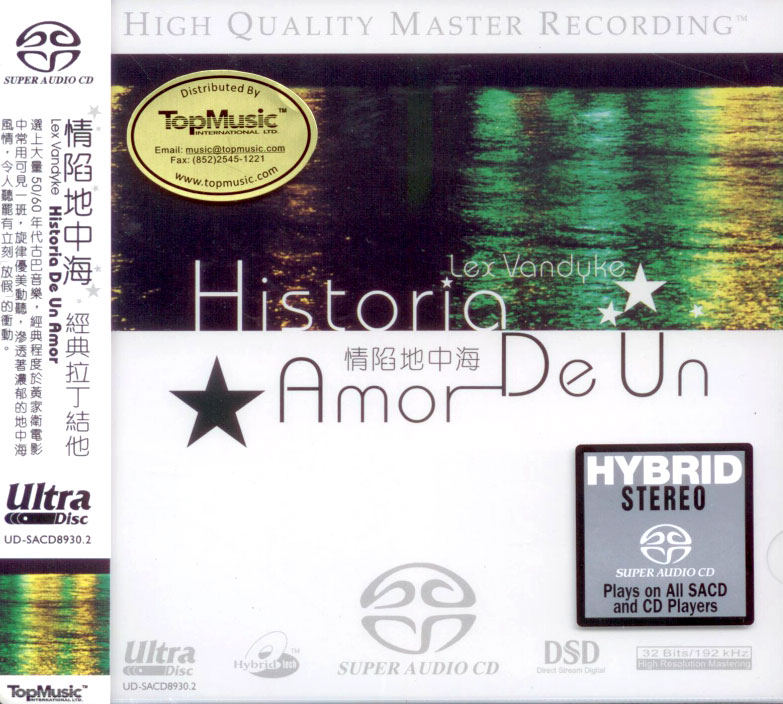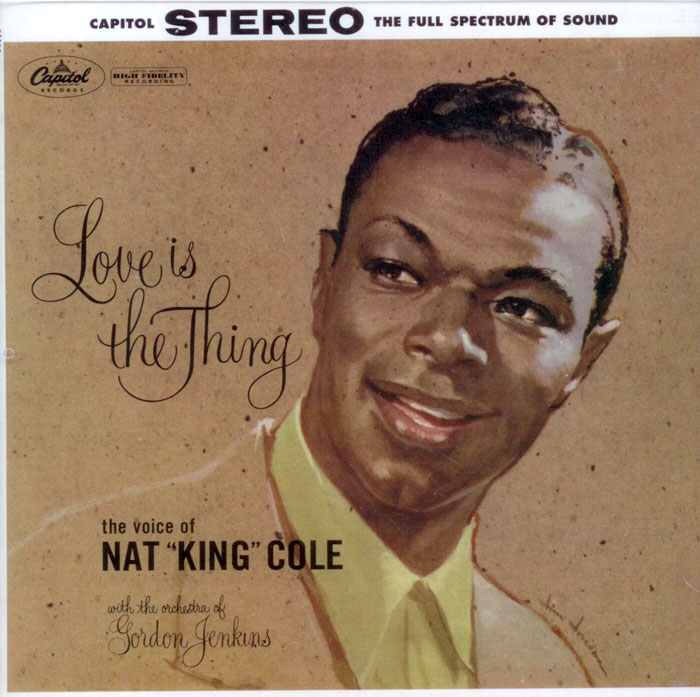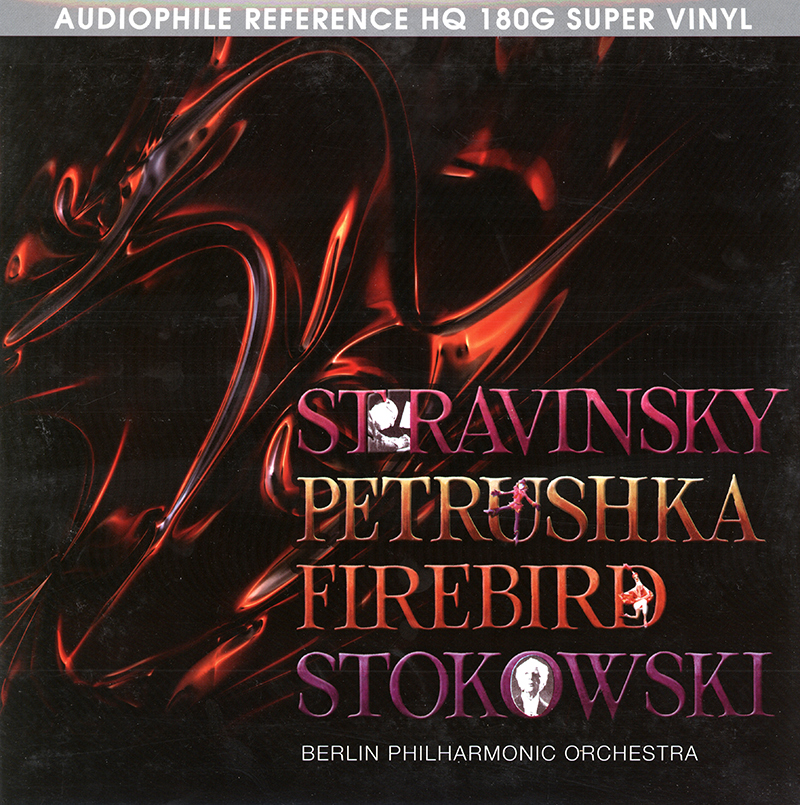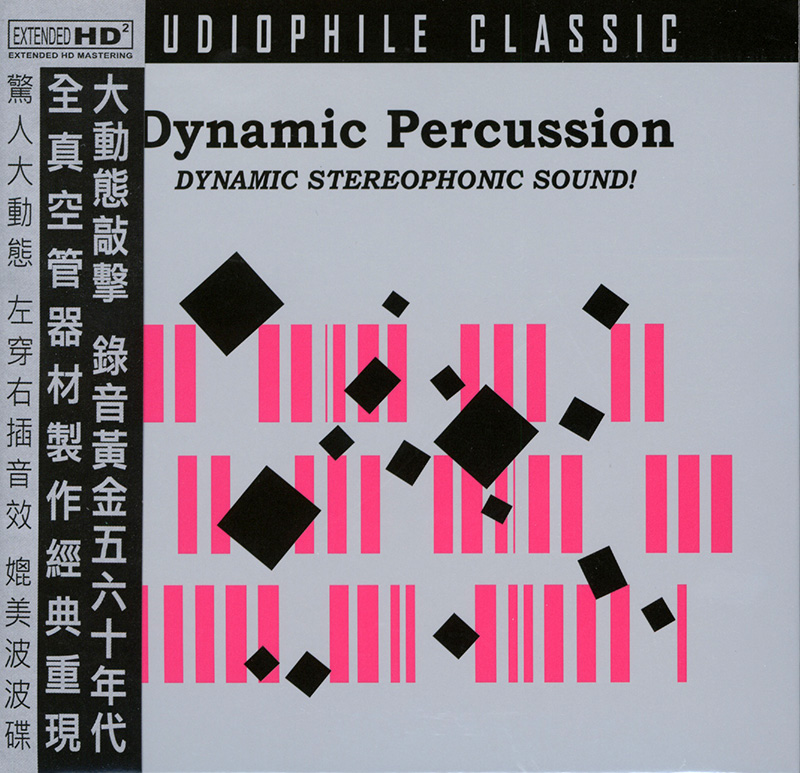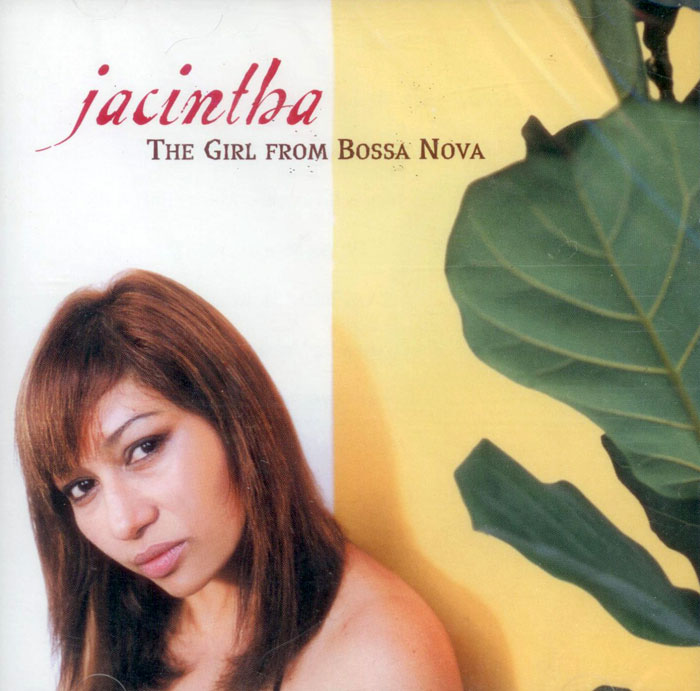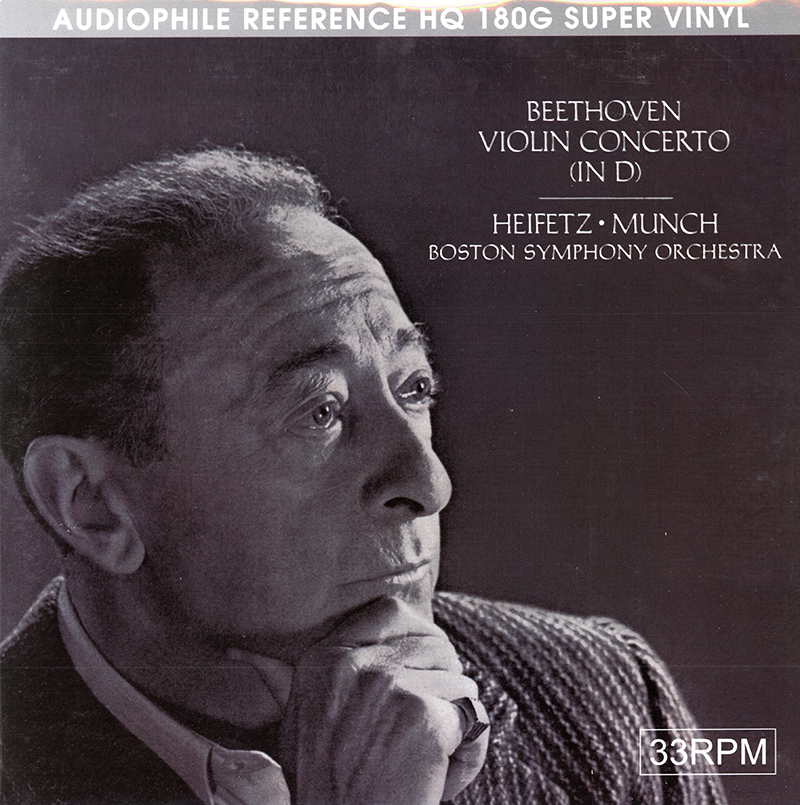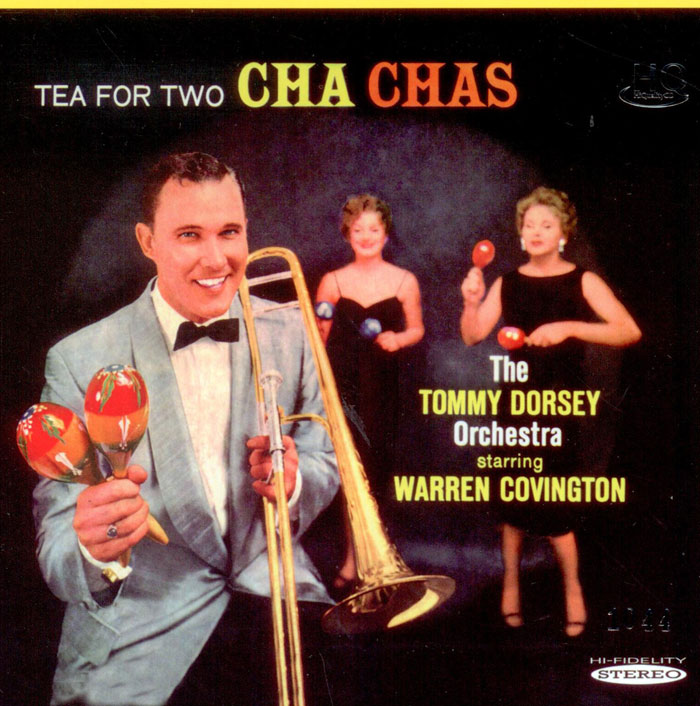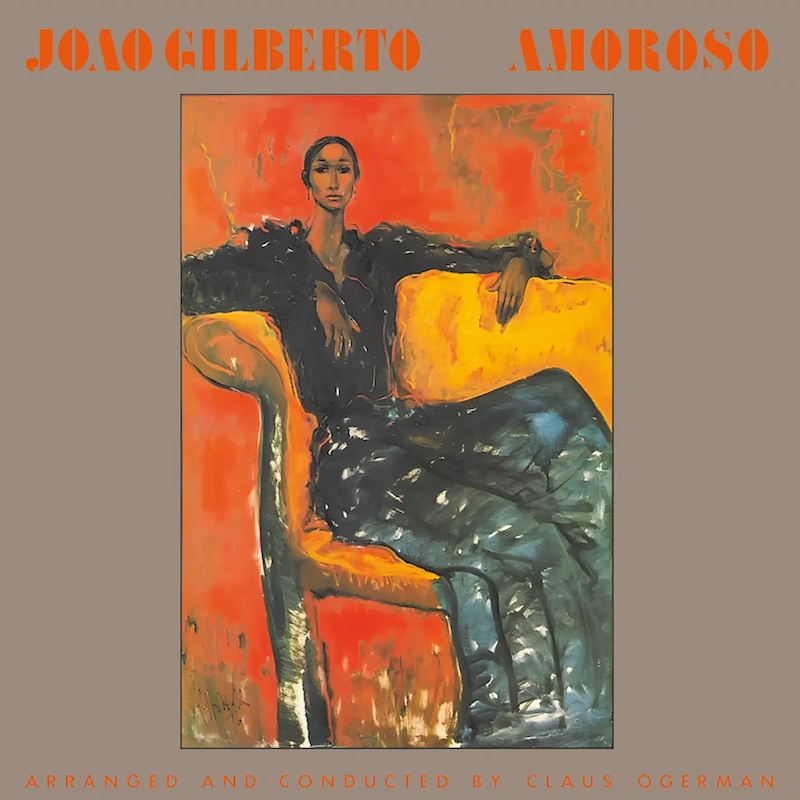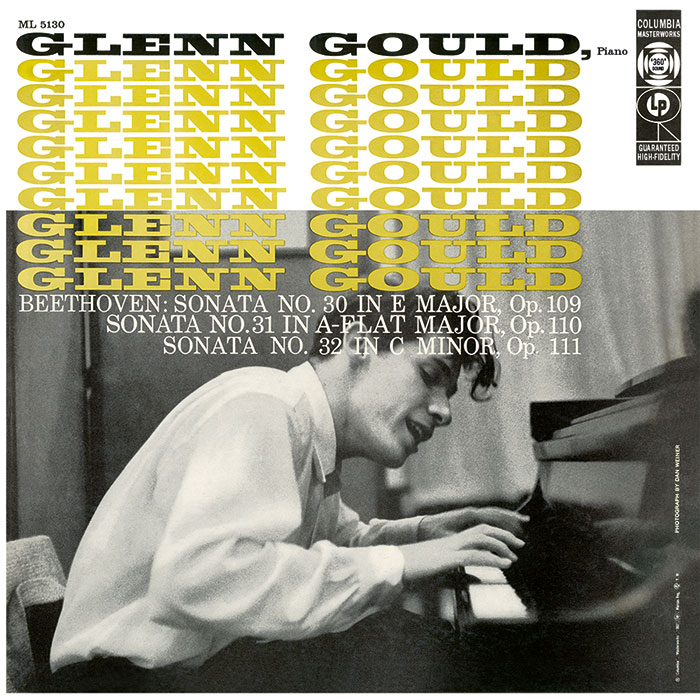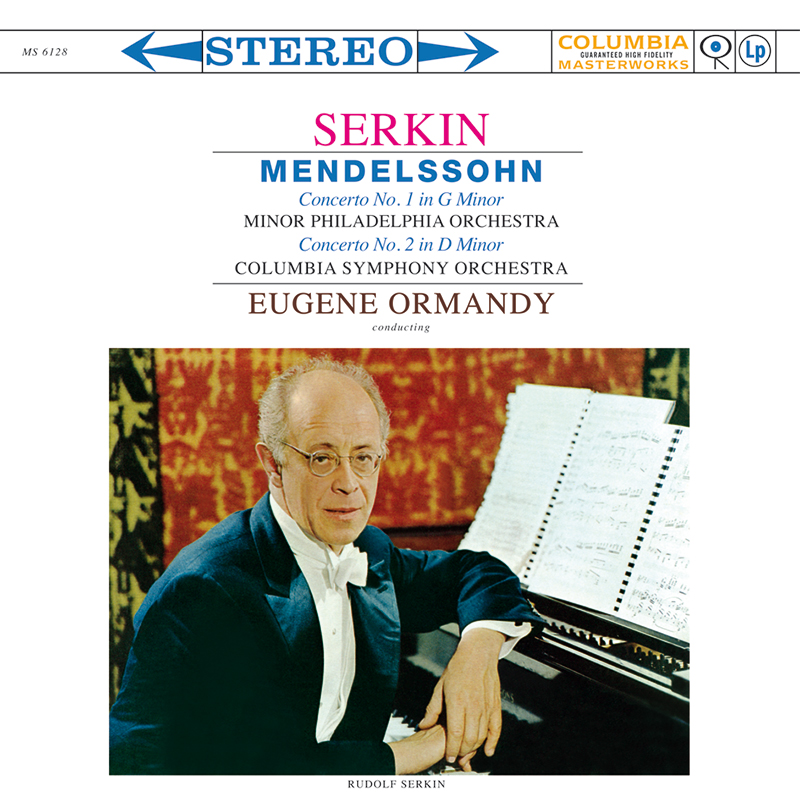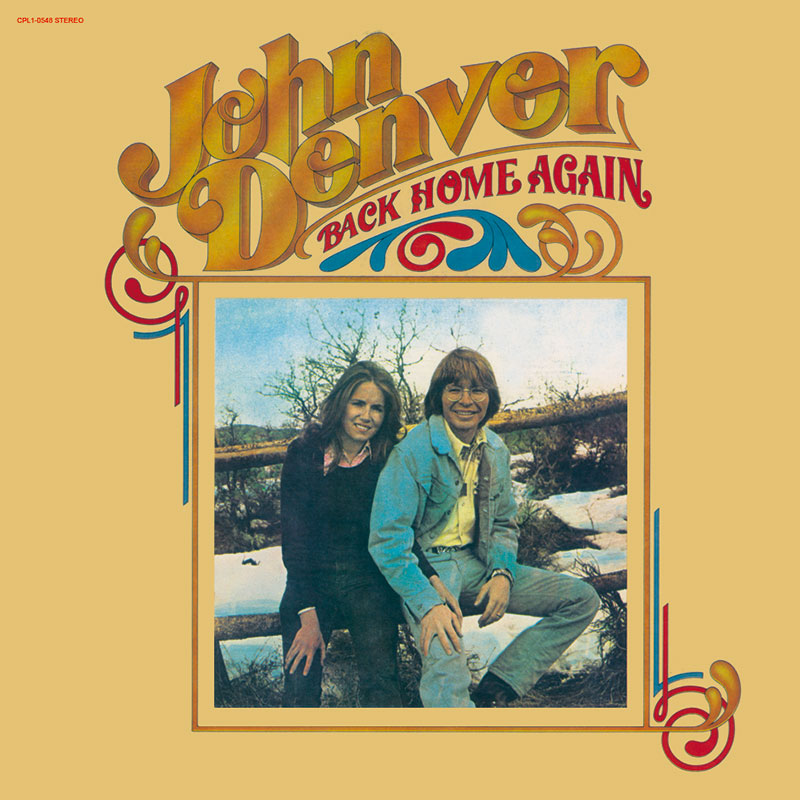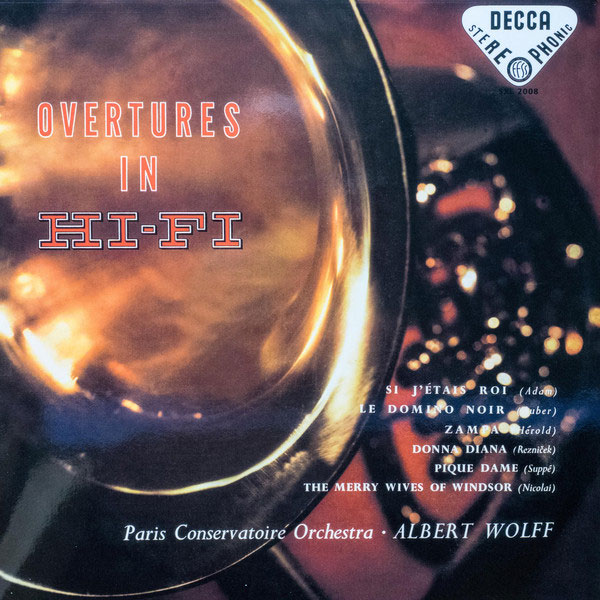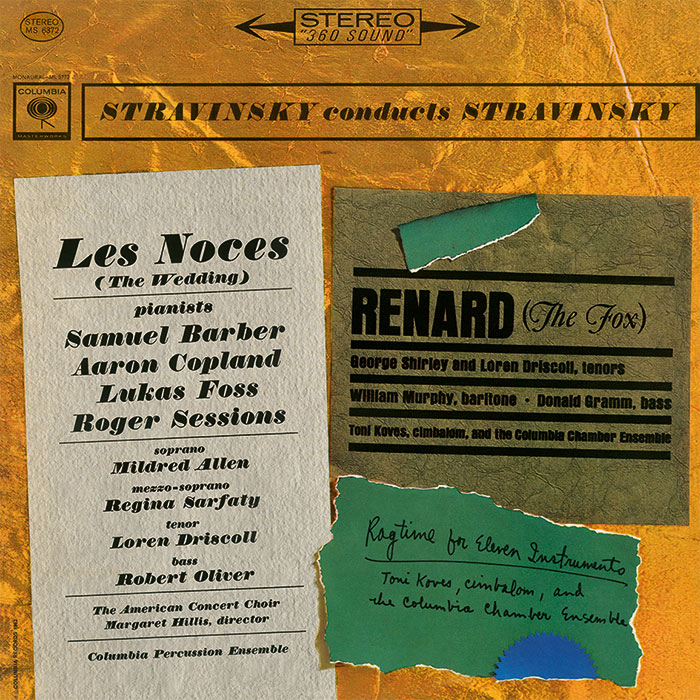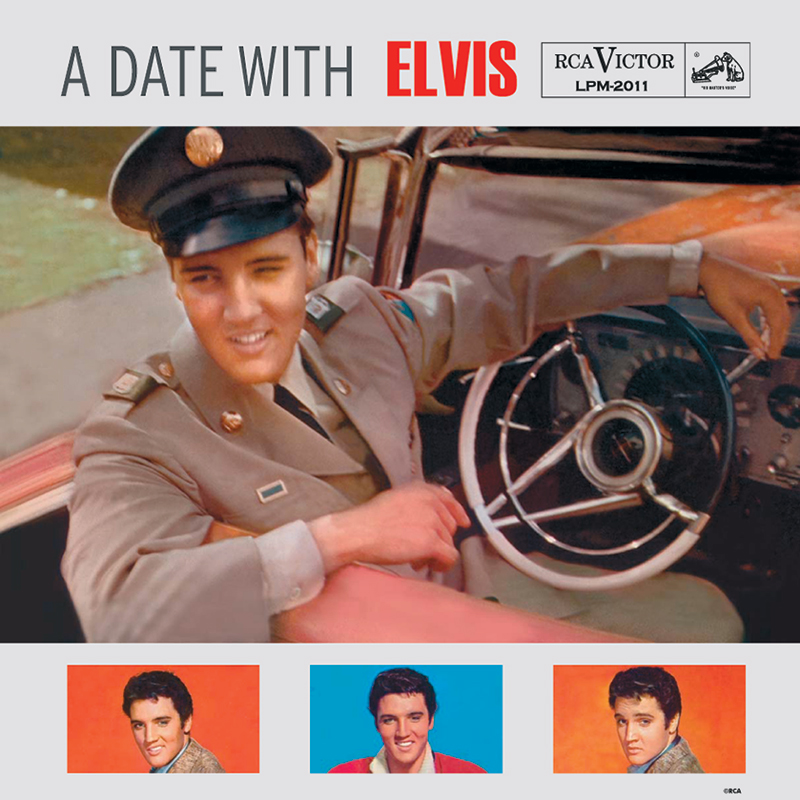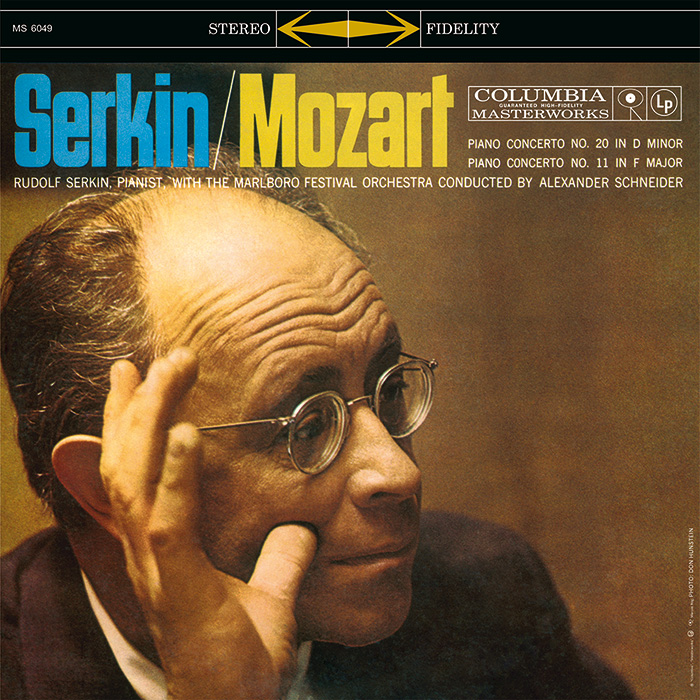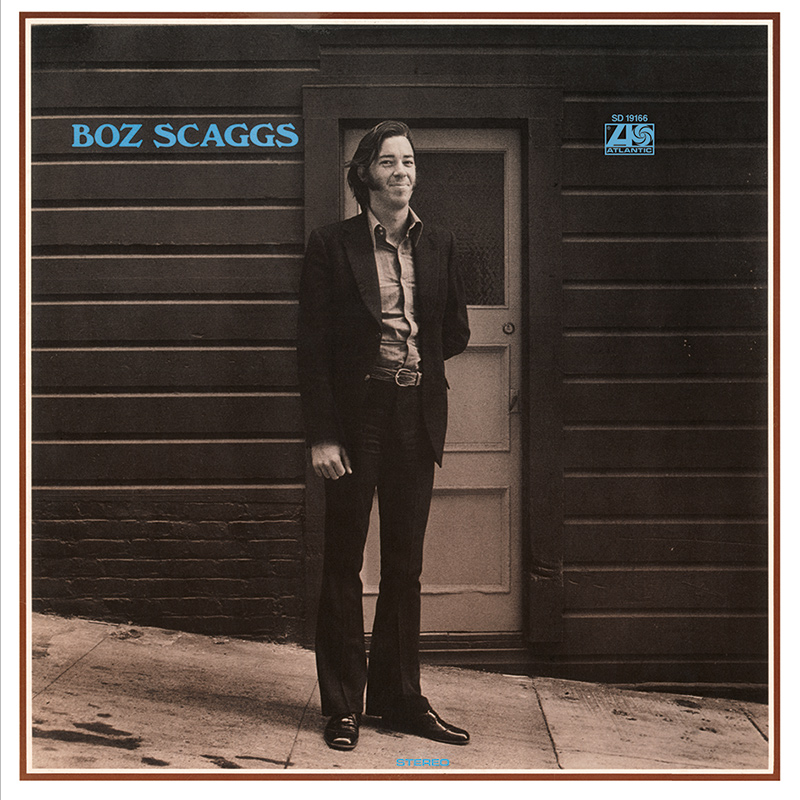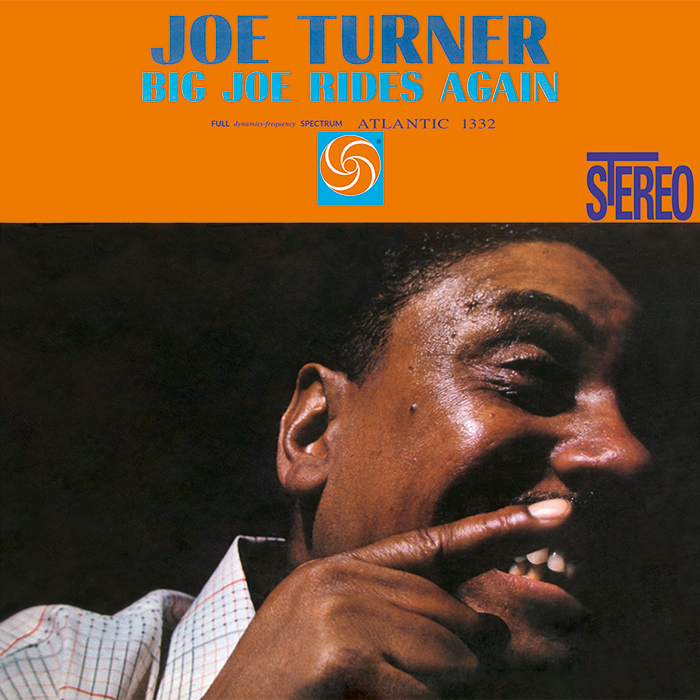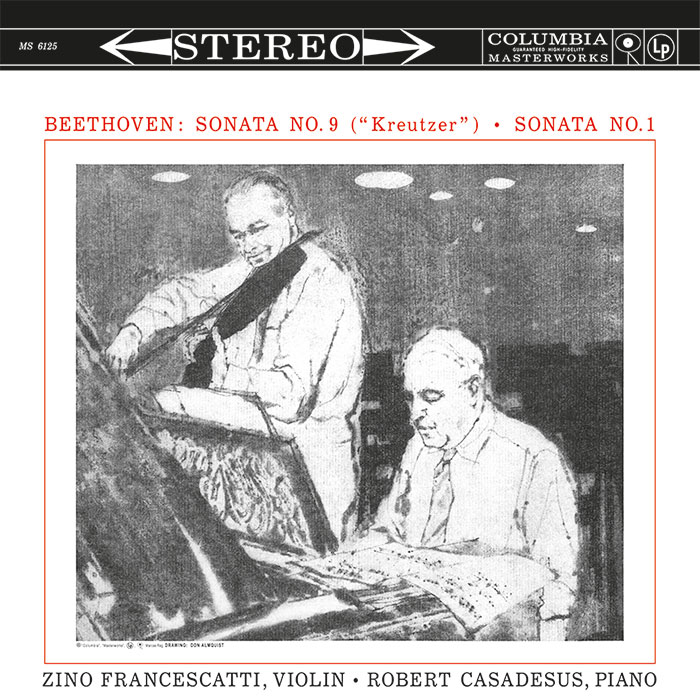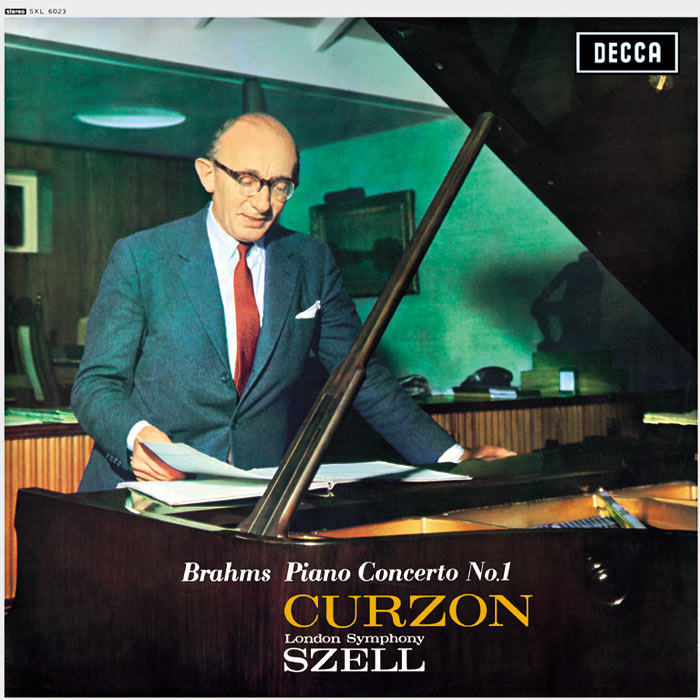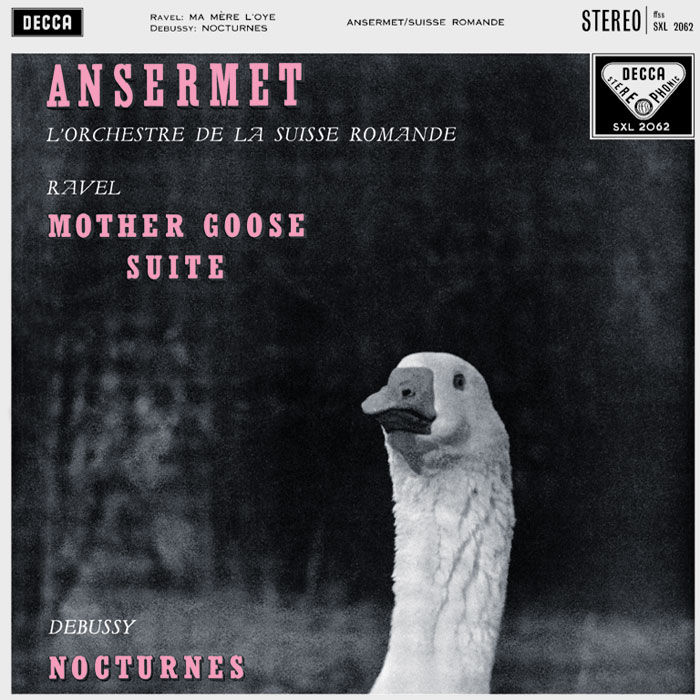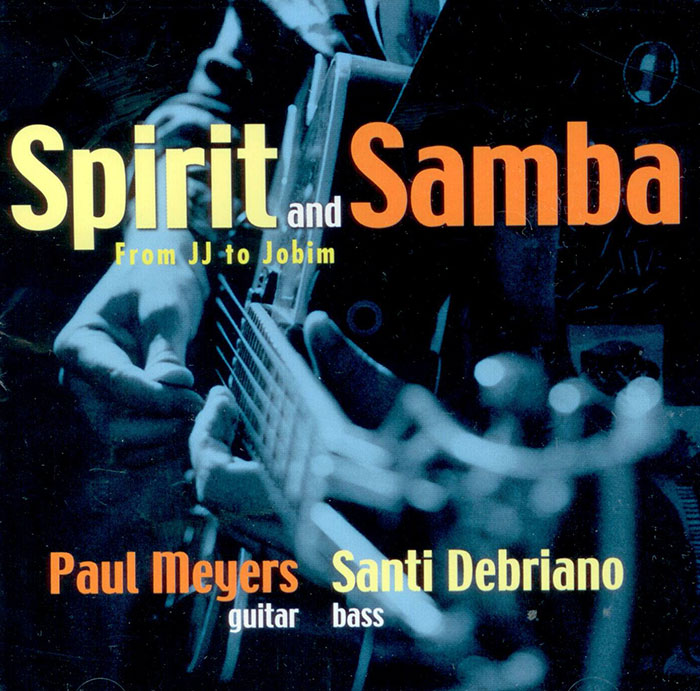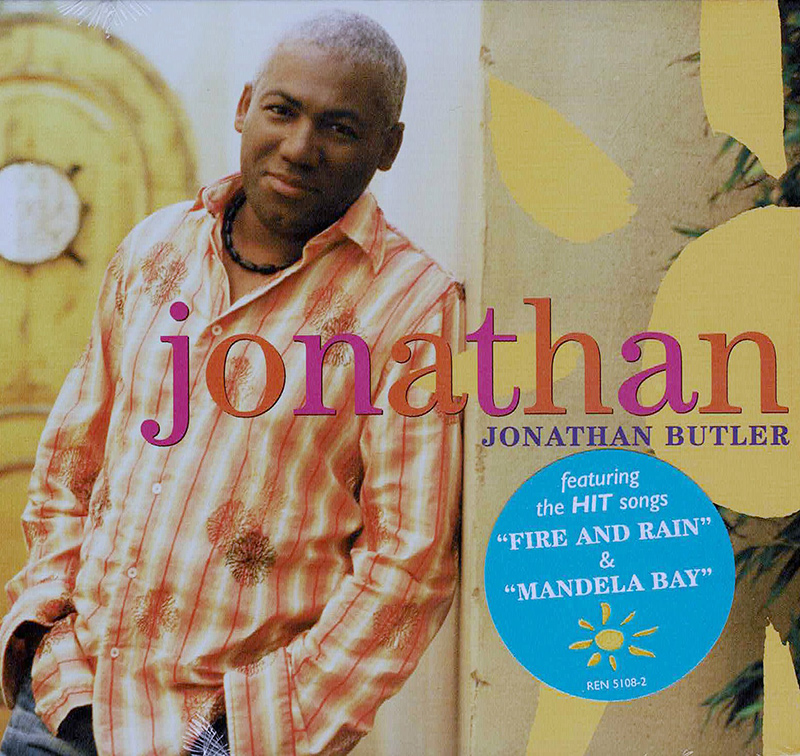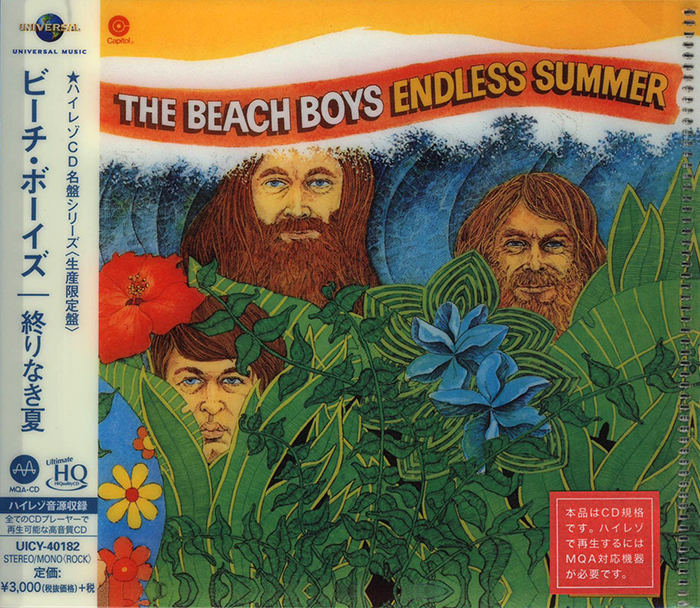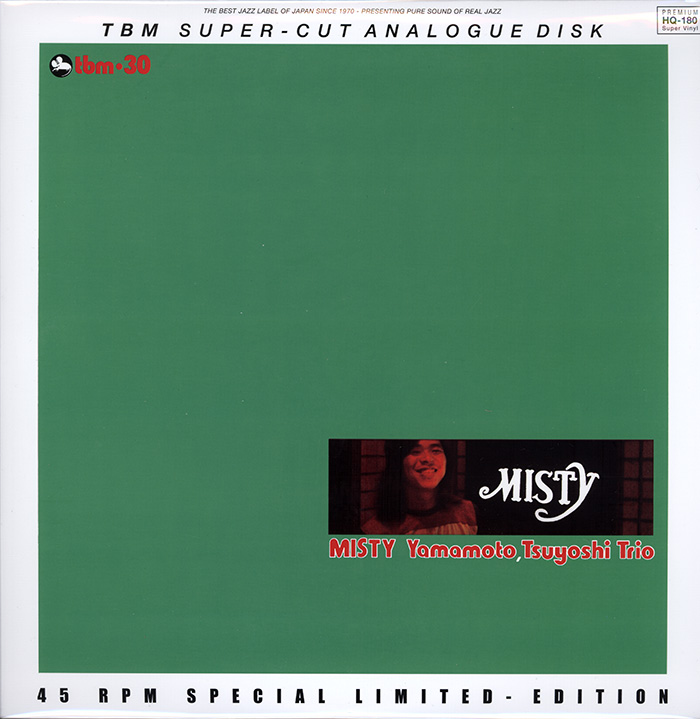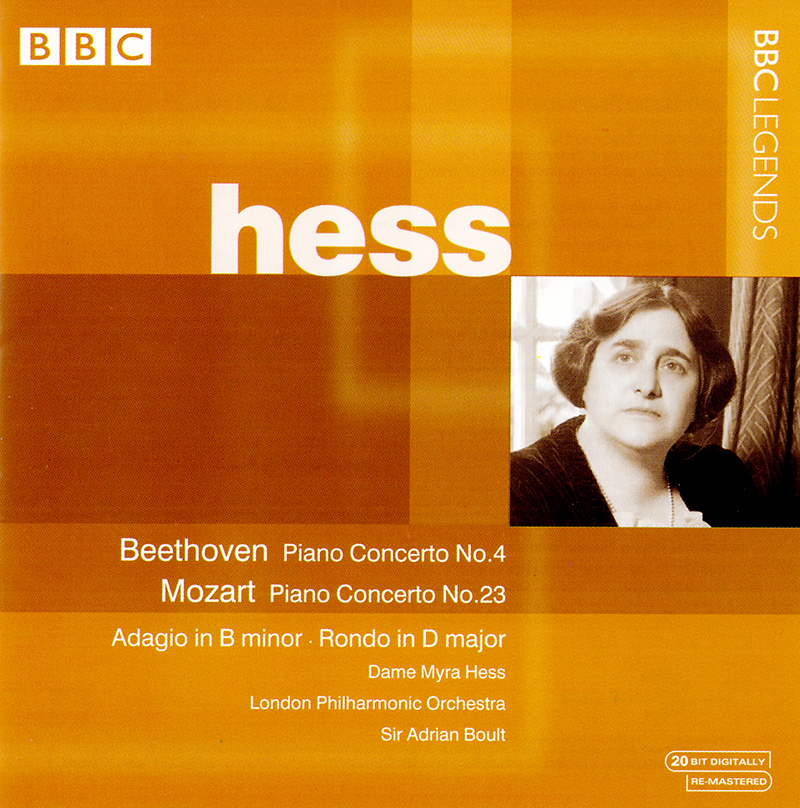Logowanie
ABSOLUTNIE OSTATNIE!!!!!
SARASATE, WIENIAWSKI, RAVEL, Erik Friedman, Walter Hendl, Chicago Symphony Orchestra
Violin Showpieces
Ultimate HiQuality CD
Antonio M. Xavier & Denver Music Orchestra
Lover's Romance - vol.1
Special Limited Edition! NUMEROWANA!
STRAVINSKY, Berlin Philharmonic, Leopold Stokowski
Petrushka / Firebird
SUPER VINYL - EDYCJA NUMEROWANA - TYLKO 500 SZTUK
BEETHOVEN, Jascha Heifetz, Boston Symphony Orchestra, Charles Munch
Violin Concerto in D major, Op. 61
edycja numerowana - 500 egzemplarzy w skali światowej - SUPER VINYL
The Tommy Dorsey Orchestra
Tea For Two Cha Chas
The Tommy Dorsey Orchestra Starring Warren Covington
SpeakersCorner - OSTATNIE!!!!
MOZART, Rudolf Serkin, Alexander Schneider, Marlboro Festival Orchestra
Piano Concerto No. 20 in D minor / Piano Concerto No. 11 in F Major
Columbia Masterworks
To LATO!
Tsuyoshi Yamamoto Trio
Misty
DO TEJ PORY NIKT, NIGDZIE NIE NAGRAŁ I NIE WYPRODUKOWAŁ LEPSZYCH PŁYT WINYLOWYCH!
BEETHOVEN, MOZART, Dame Myra Hess, London Philharmonic Orchestra, Sir Adrian Boult
Piano concerto No. 4 in G major op.58 / Concerto for piano and orchestra No. 23 in A major K.488
- Dame Myra Hess - piano
- London Philharmonic Orchestra - orchestra
- Sir Adrian Boult - conductor
- BEETHOVEN
- MOZART
Myra Hess (1890-1965) was among an elite of pianists who approached their instrument as a means of conveying music as a spiritual experience. In her youth she was prepared by Tobias Matthay, who also instructed Clifford Curzon. Hess was in contact with violinist Jelly D'Aranyi, pianists Fanny Davies and Carl Friedberg, all acquaintances of Brahms. Her enlightened playing transformed even what sounded as passage work into significant musical statements. Her career began with a debut under Sir Thomas Beecham and made her an instant favorite with British audiences. Tours in the United States and throughout Europe endeared the public to her artistry. During the Second World War, the contents of London's National Gallery were emptied for safe-keeping during the threat of German air attacks. To bolster the public's morale, Hess organized and performed in hundreds of lunch time concerts at the Gallery. She was later ennobled for her efforts. Arturo Toscanini acknowledged her valiant effort by inviting her as one of the first European artists to perform in New York with his symphony after the war's end. It was a noble gesture, but the performance suffered from the Italian conductor's inability to allow the soloist to choose a proper tempo. Like Artur Schnabel, Hess eventually modified her programs to dwell on the late sonatas of Beethoven, Schubert, suites by Bach, and Romantic era concertos. An avid chamber-music player, she collaborated with Pablo Casals, Pierre Fournier, Joseph Szigeti, and others. Illness in her last years curtailed her concerts but Hess was able to occasionally broadcast from the BBC studios. Hess hated to record but obliged and left several hours of disc recordings. Far more indicative of her playing are the radio recitals preserved and published on CD. - Allan Evans
